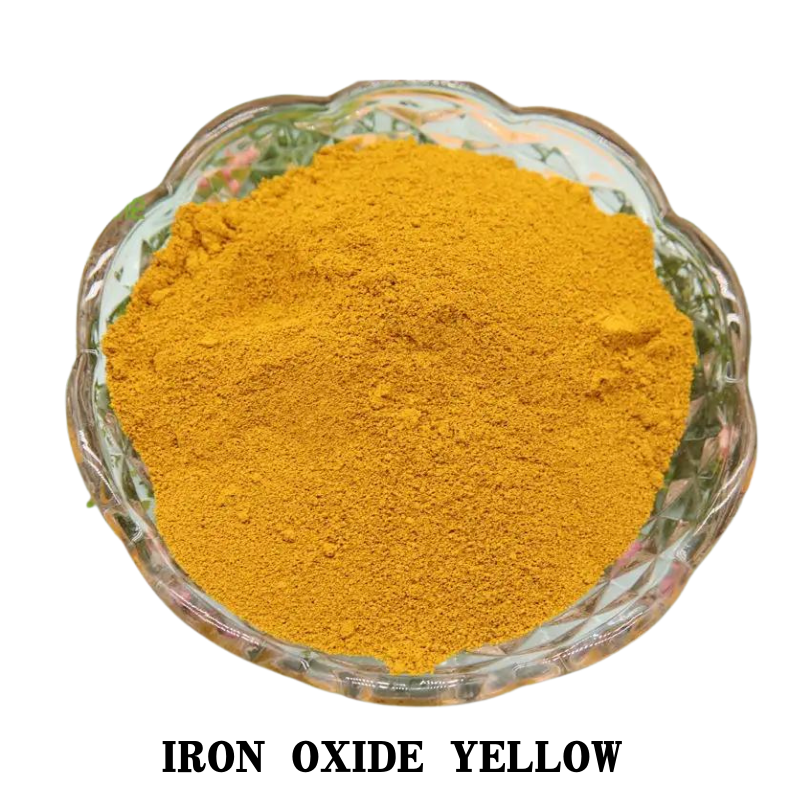
volcanic stone factories
The Rise of Volcanic Stone Factories
In recent years, the construction industry has been increasingly leaning towards sustainable and innovative materials, and volcanic stone has emerged as a frontrunner in this pursuit. Volcanic stone, formed from the rapid cooling and solidification of lava, boasts unique properties that not only enhance its aesthetic appeal but also contribute to its durability and environmental sustainability. This article delves into the burgeoning trend of volcanic stone factories, exploring their origins, production processes, benefits, and the challenges they face.
Origins and Benefits of Volcanic Stone
Volcanic stone, or pumice, is often found in regions surrounding active or dormant volcanoes, where it has been naturally deposited over millennia. This porous material is lightweight yet robust, making it ideal for a variety of applications, including construction, landscaping, and even art. The benefits of volcanic stone extend beyond its physical properties; it is naturally abundant and can be sourced sustainably, positioning it as a viable alternative to non-renewable materials.
One of the standout characteristics of volcanic stone is its insulation properties. Due to its porous nature, volcanic stone acts as an excellent thermal insulator, helping to regulate temperature within buildings. This feature not only provides comfort to occupants but also reduces energy consumption for heating and cooling, contributing to lower carbon footprints.
Production Processes in Volcanic Stone Factories
The establishment of volcanic stone factories is primarily focused on harnessing the potential of this natural material through efficient and sustainable production processes. The journey begins with sourcing volcanic rock from responsible quarries. Once harvested, the stone undergoes a thorough cleaning process to remove any impurities.
Next comes the crushing and grinding phase, where larger pieces of volcanic rock are transformed into smaller aggregates suitable for various applications. This process not only allows for more versatile use of the material but also generates essential particulate sizes for effective mixing in construction projects. Following this, the volcanic stone is often treated for specific qualities, such as increased water resistance or enhanced color for aesthetic purposes.
Quality control is paramount in volcanic stone factories
. Each batch undergoes rigorous testing to ensure it meets industry standards, particularly for construction use. Factors such as load-bearing capacity, water absorption rates, and fire resistance are meticulously evaluated to guarantee that the end product is safe and durable.volcanic stone factories

The Environmental Impact
Volcanic stone factories are commendable not just for their innovative production methods, but also for their commitment to minimizing environmental impact. By utilizing renewable resources, these factories contribute to reducing overall carbon emissions associated with traditional stone quarrying and processing techniques. Furthermore, many volcanic stone products are created with minimal waste, as excess materials from one project can be reused in others, fostering a circular economy.
The energy required for processing volcanic stone is significantly lower than that needed for the production of synthetic alternatives. Many factories are now exploring the integration of renewable energy sources, such as solar or wind power, further enhancing their sustainability credentials.
Challenges and Future Prospects
Despite their advantages, volcanic stone factories face several challenges. The geographical restrictions on volcanic rock sourcing limit the number of locations where these factories can realistically operate. Additionally, the initial costs of setting up such factories can be high, which may deter potential investors.
However, the future of volcanic stone factories looks promising. As global demand for sustainable building materials rises, it is likely that investment in volcanic stone production will increase. With technological advancements and growing awareness of environmental sustainability, volcanic stone factories could become a vital component of the green construction revolution.
Conclusion
Volcanic stone factories represent a significant advance in the pursuit of sustainable materials for the construction industry. With their unique properties, environmental benefits, and innovative production processes, they are poised to transform the way we think about building materials. As we continue to navigate the challenges of climate change and resource depletion, the adoption of volcanic stone could play a crucial role in creating a more sustainable future.
Share
-
Premium Pigment Supplier Custom Solutions & Bulk OrdersNewsMay.30,2025
-
Top China Slag Fly Ash Manufacturer OEM Factory SolutionsNewsMay.30,2025
-
Natural Lava Rock & Pumice for Landscaping Durable Volcanic SolutionsNewsMay.30,2025
-
Custom Micro Silica Fume Powder Manufacturers High-Purity SolutionsNewsMay.29,2025
-
Custom Mica Powder Pigment Manufacturers Vibrant Colors & Bulk OrdersNewsMay.29,2025
-
Custom Micro Silica Fume Powder Manufacturers Premium QualityNewsMay.29,2025






